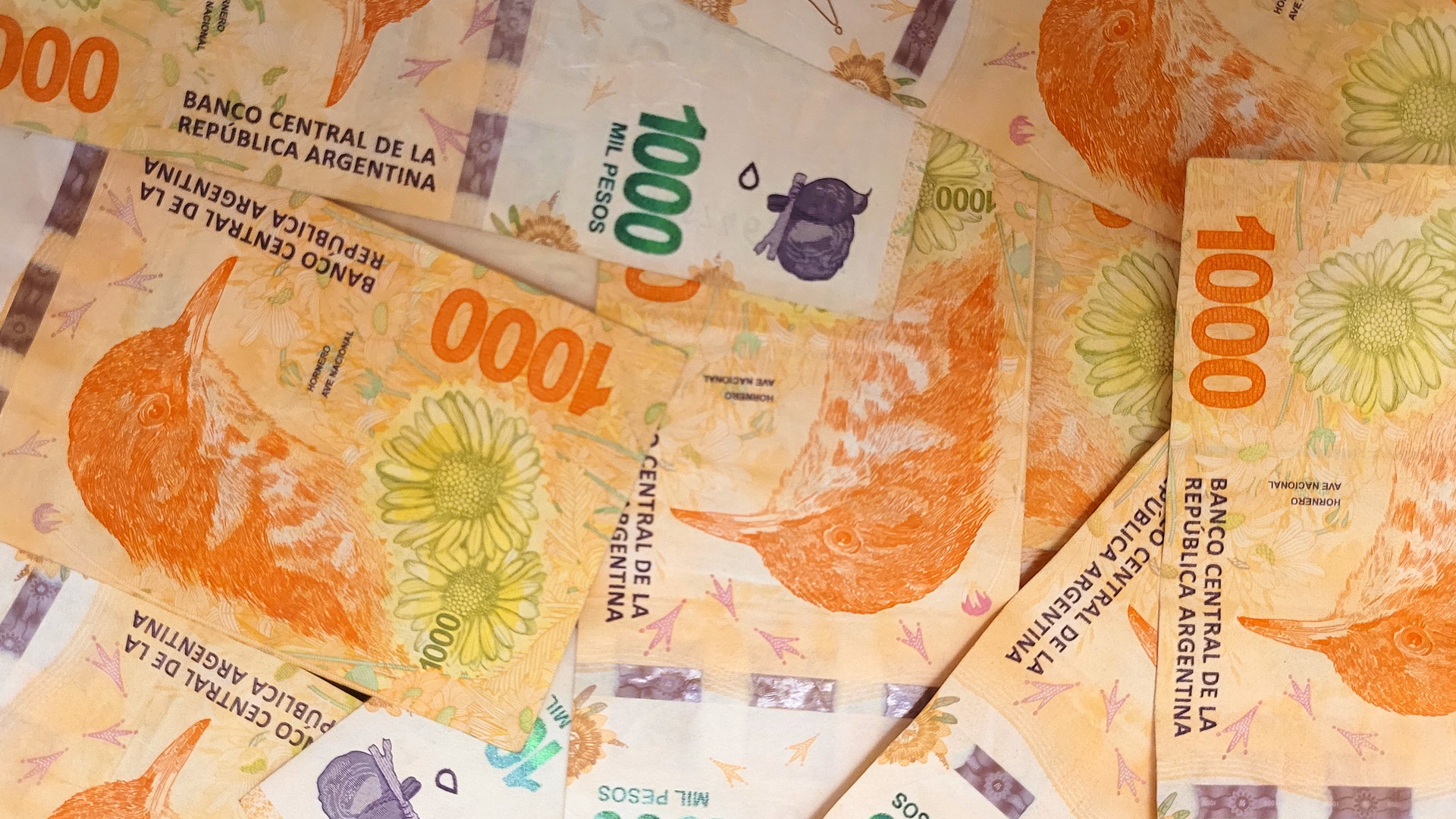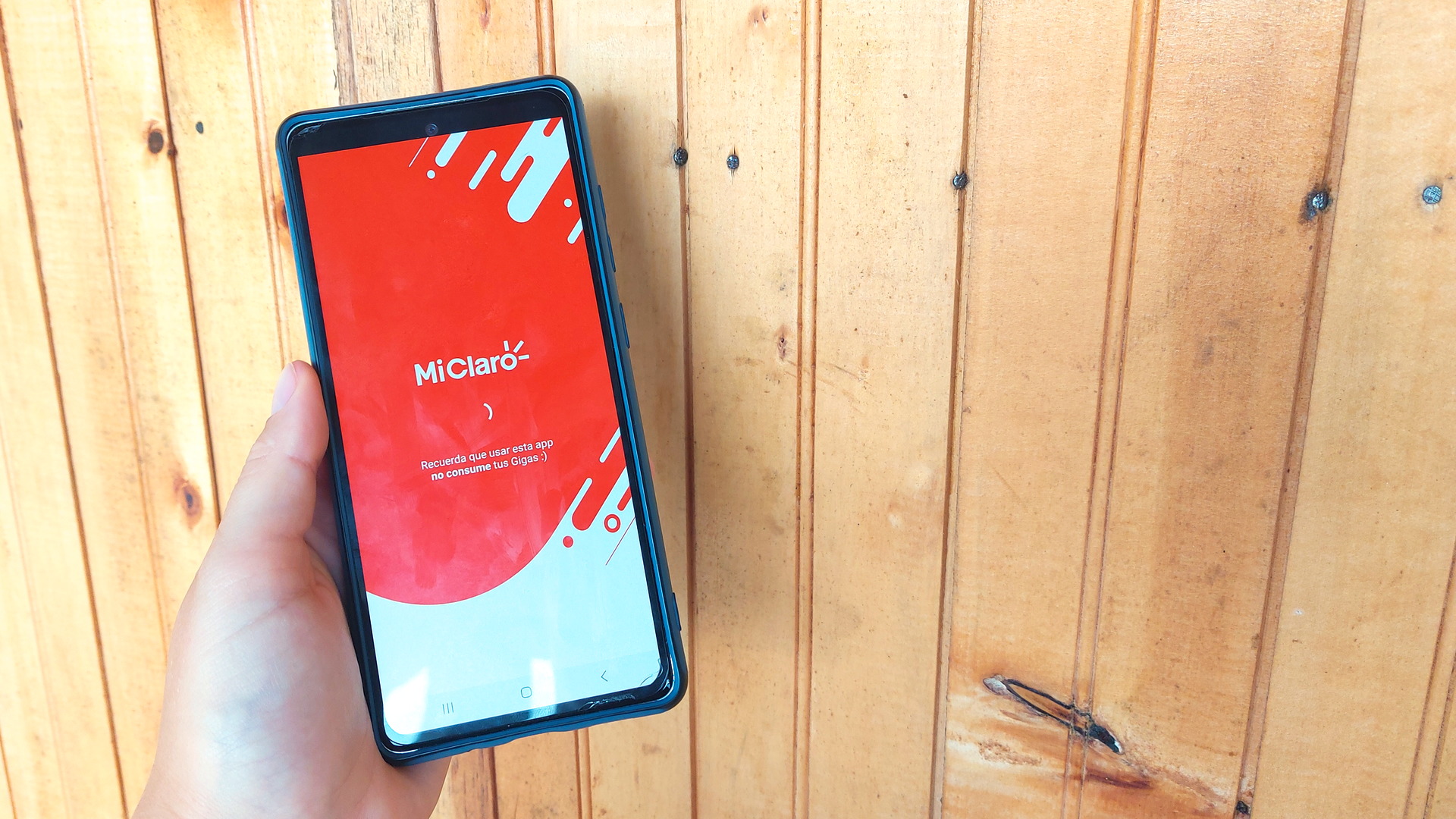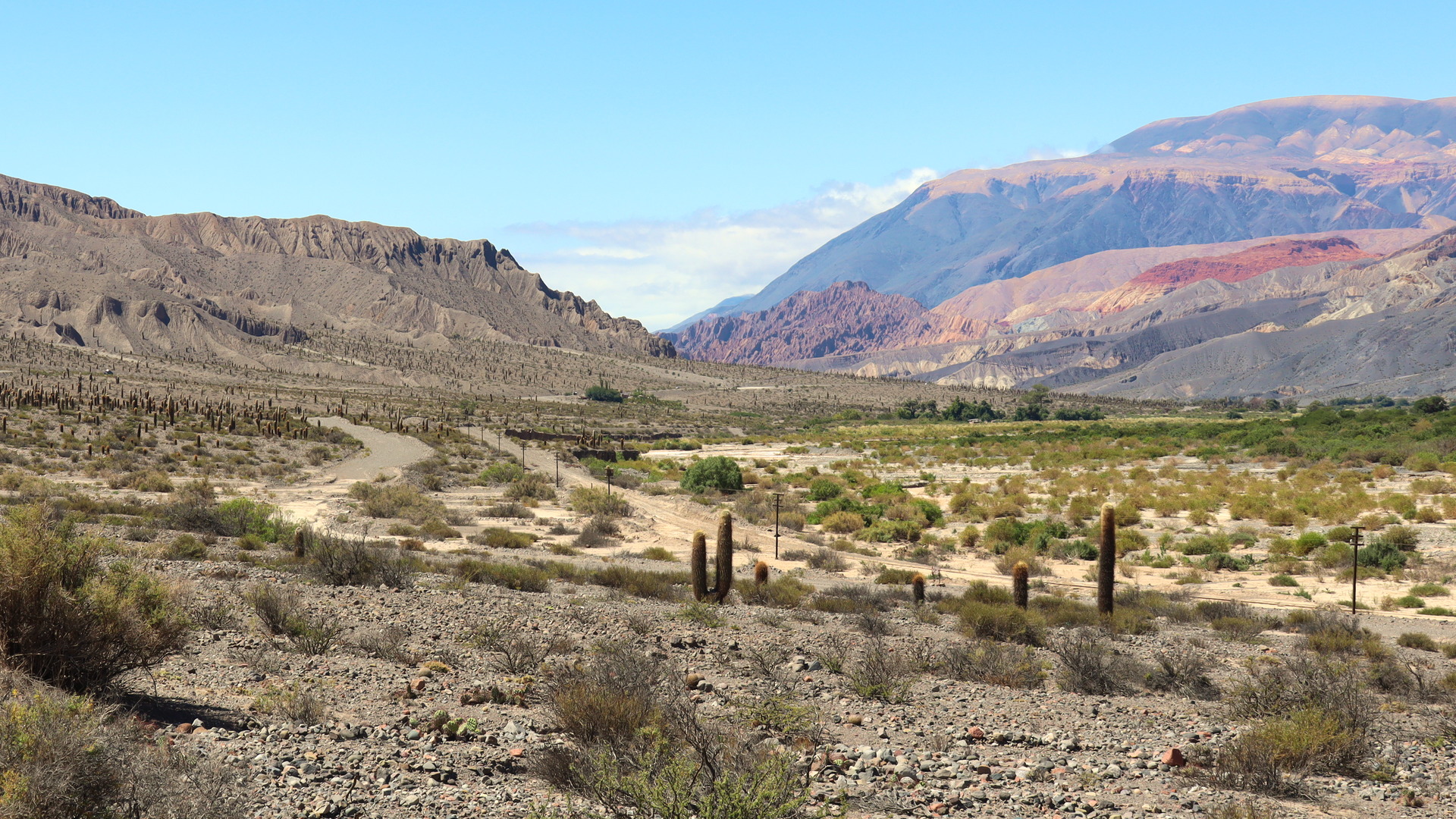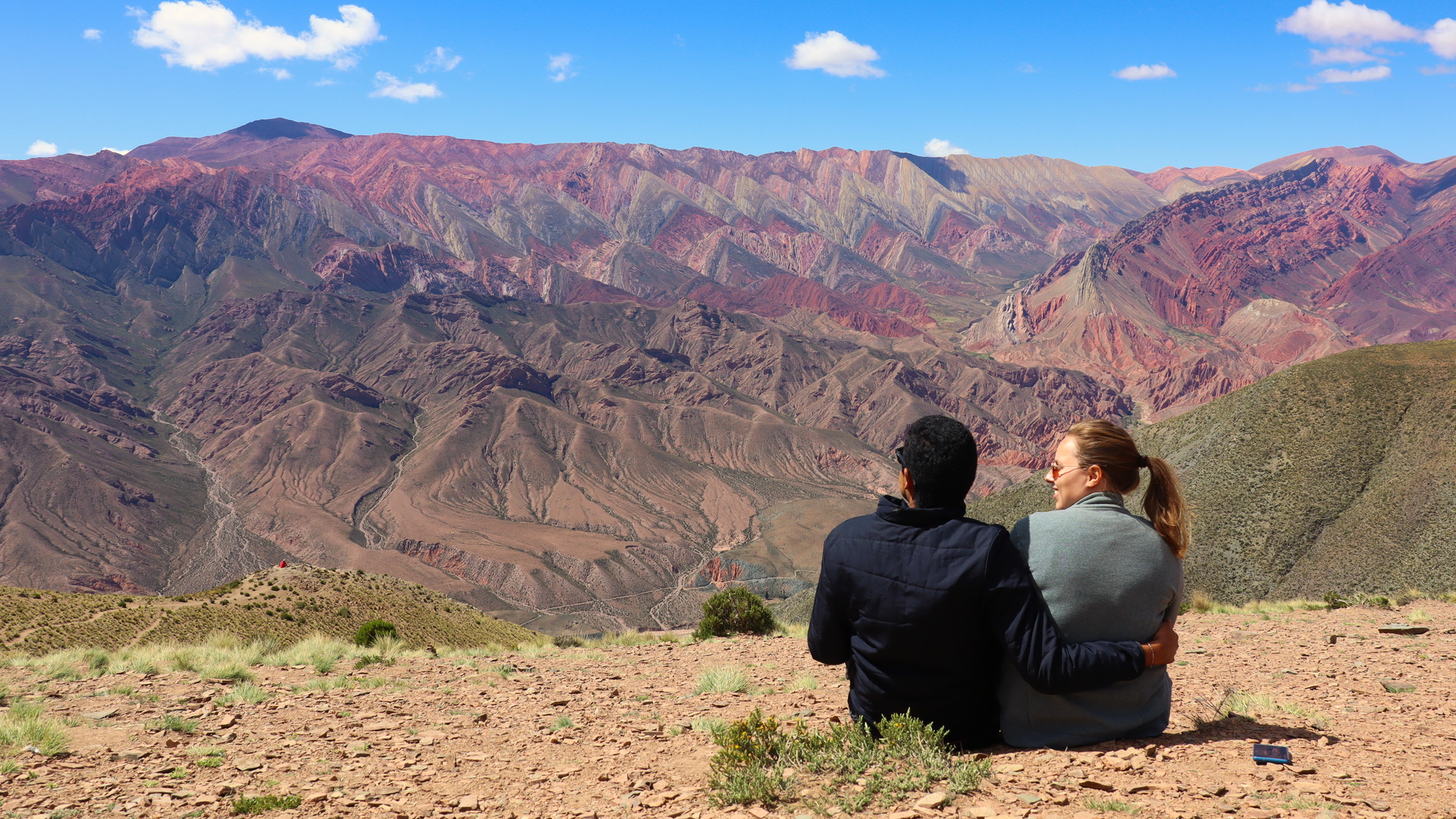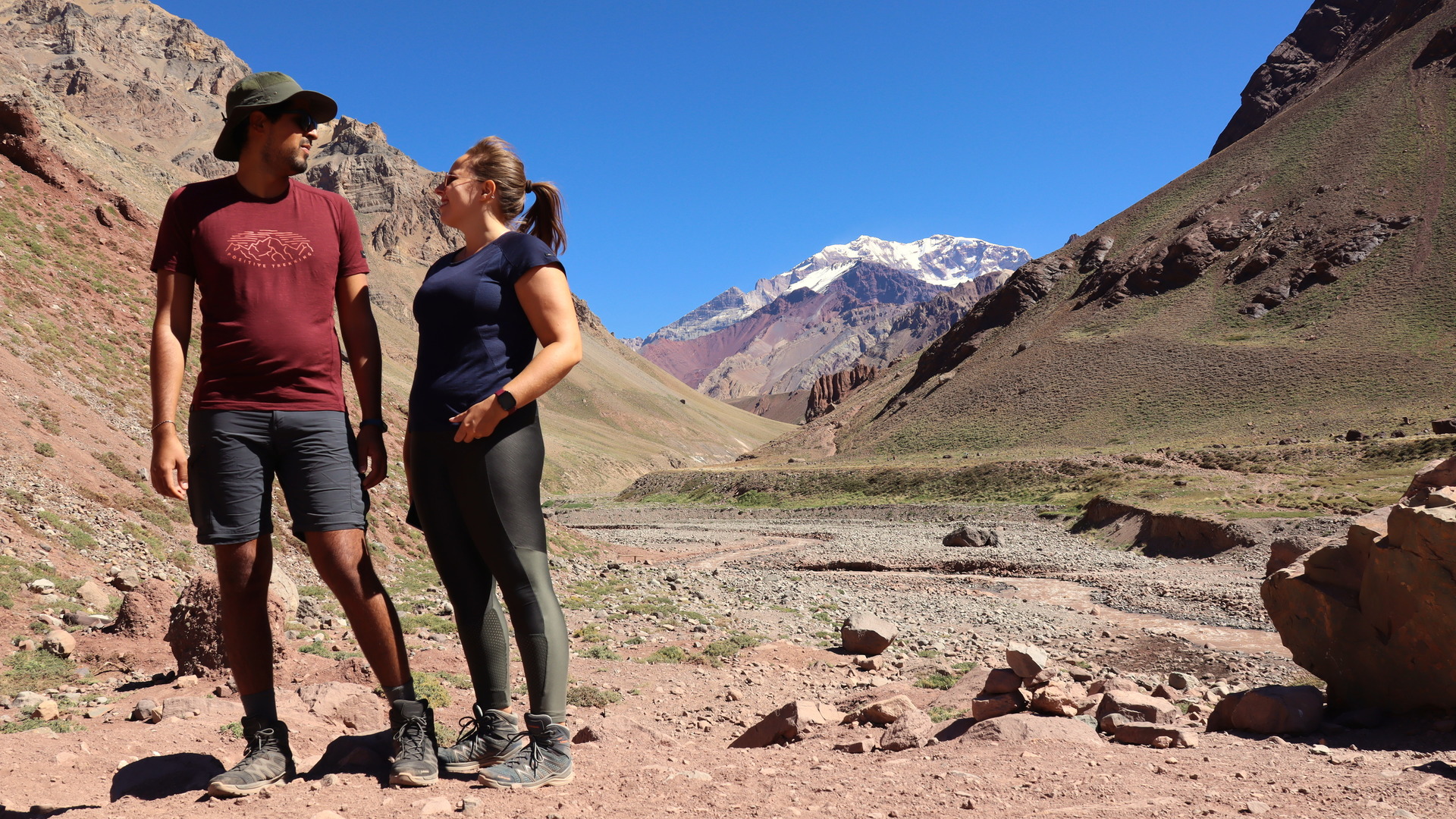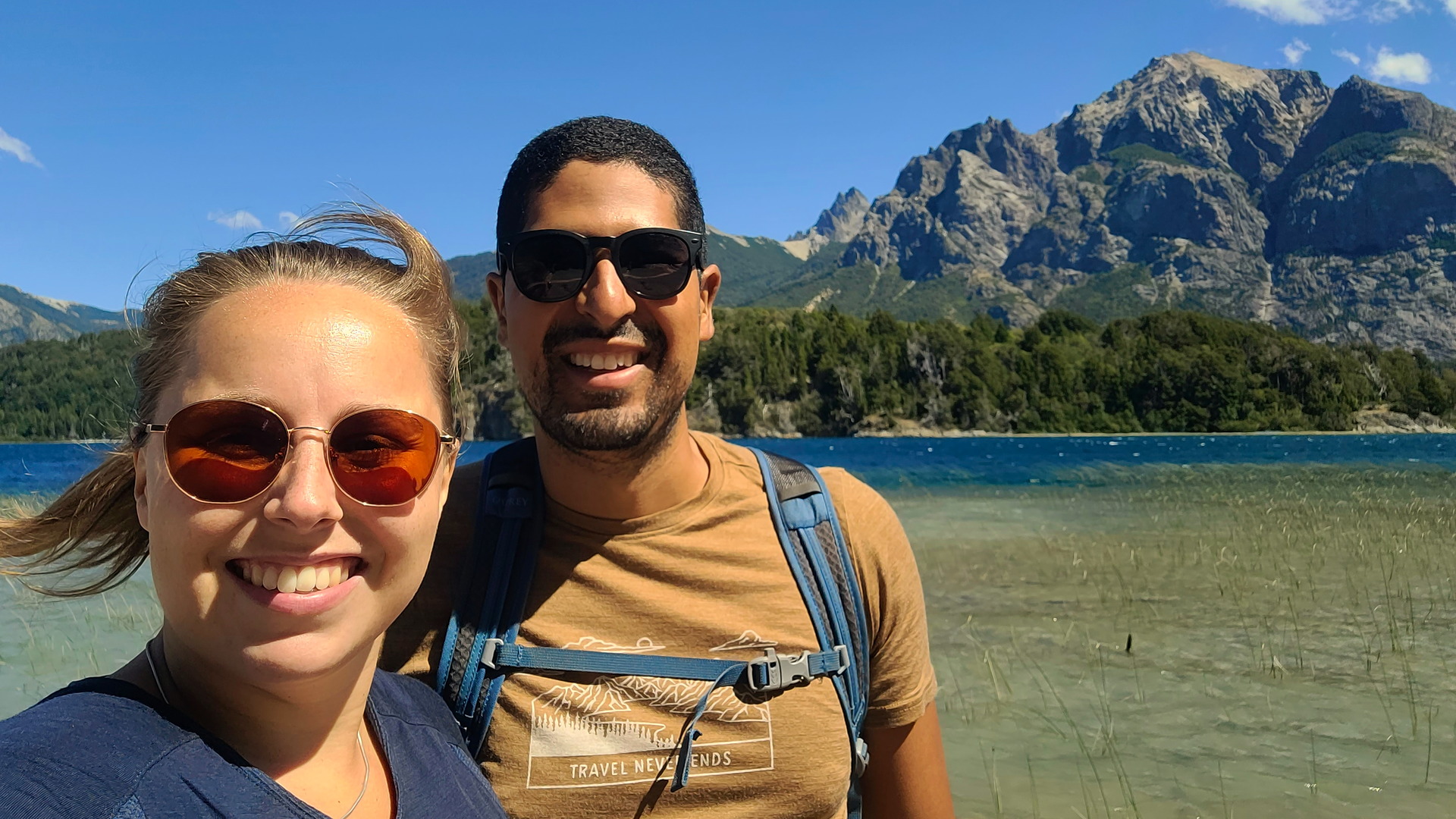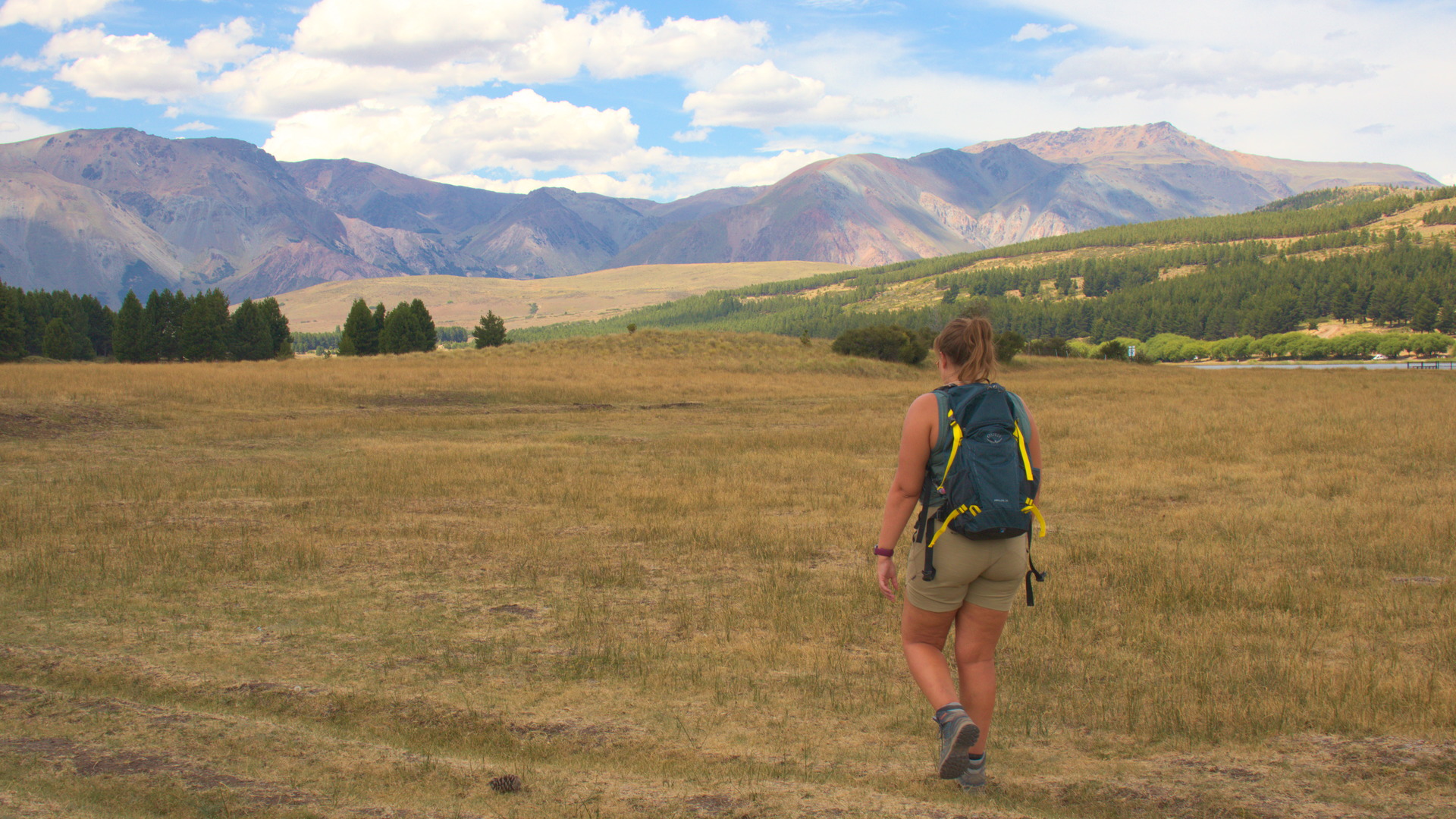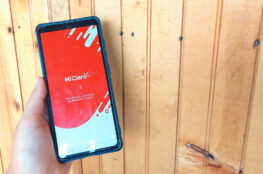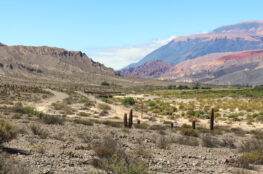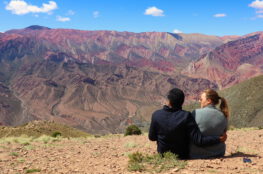Planning your trip to Argentina? Chances are you’ve checked the exchange rate to get an idea about how many pesos you can get for you euros/dollars/etc. If you have, you might also have noticed the Argentina peso (ARS) has been loosing value over the years.
At the time of writing, the official exchange rate for Argentinian pesos (ARS) has gone up from 200 to 207 pesos per euro in the last month alone. One year ago it was 121 pesos per euro. 10 years ago 1 euro got you 6.67 pesos! It’s safe to say the value of money in Argentina changes incredibly fast.
The Blue Dollar
HOWEVER, the official exchange rate is not the only rate that Argentina knows. The Blue Dollar is the exact same currency, but it uses a different exchange rate. An exchange rate that is almost double the official exchange rate. And, it’s 100% legal and normal, the Argentinians also use it themselves. As foreigners you can basically double your money when you’re travelling in Argentina.
Good to know is that this rate is of course also kept in mind by the locals. You can expect they will charge you a rate, expecting that you will pay in cash that was exchanged with the Blue Dollar rate.
How to get the Blue Dollar rate
There are several ways of getting the Blue Dollar rate when you exchange your money, but you can only get it in Argentina. The way we used to exchange our euros, that is by far the safest and easiest (although, you might encounter a line at their offices), is via Western Union.
Create a Western Union account
To get started, you simply create an account on the Western Union website or in the app. For fellow Dutch people/residents, you will want to verify your identity* online as well. If you don’t, you will only be allowed to send €1000 per 12 months, and depending on how long you will be travelling this might not be enough. Verifying your identity is very easy and takes only a few minutes.
*Verifying your identity might also be needed for other nationalities, you can find all information on the Western Union website of your country.
Send money
Sending money to yourself is super easy, but you need to make sure all the information is the same as the passport or ID you’ll use as identification when you pick up the money. Open the app and login to get started with a money transfer.
- Select the country: Argentina
- Decide how much money you want to send to yourself.
- Select ‘Cash pickup’
- Select your payment method
- It will now show the amount you need to pay in euros, and the amount of pesos the receiver (you) will get, at the bottom of the page.
Currently, as an example, 400 euros is 155,583.48 pesos, which is not an easy amount to get paid out by Western Union. Ideally you want to send a round number. What you then do is adjust the number of pesos. In this case, I would round it down to 150,000, but you can of course also round it down or up to 155 or 160. Change the number accordingly in the ARS box at the top of the screen, the amount of euros will automatically be updated.
Pick up the money
Picking up the money can be painless, or take up some of your time. As mentioned, everyone in Argentina including the locals, make use of Western Union, so it’s not uncommon to see a line in front of an agency. Usually these lines move relatively quickly, but this depends on some factors of course, like the size of the agency and the amount of employees. Also, if the agency also handles Pago Fácil payments, it might take longer, so see if you can find a WU only location.
When it’s your turn, show your chosen form of identification and the order number that’s in your e-mail. They might ask you what your address is whenever you’re picking up money in a new city. The address of your accommodation is sufficient. After updating your info, they’ll confirm the amount with you, before showing you with a money counter that that’s the amount they’re giving you.
One downside to getting cash at WU is, you never know which bills they have. The biggest bill in Argentina is only a 1000 pesos, but if you’re ‘lucky’ like us you’ll only get bills of 200 and 500 instead.

Creditcards
At the end of 2022 the Argentina government gave permission to the big credit card companies Mastercard and Visa to charge the blue dollar rate, instead of the official rate. This was still relatively new when we arrived in Argentina on the 6th of January 2023, and we didn’t know if (all) our creditcards would give us the Blue Dollar rate. We’d read several messages on TripAdvisor about this, noticing that not all types of cards would give the new rate.
So, when we landed at the airport in Buenos Aires, we simply purchased 2 bottles of water, using our Visa* card and our American Express* card (there was no information at all the AmEx would work, but we felt it was worth a shot as we earn miles with all our purchases on this card). We had to wait a couple of days to see if it worked for our AmEx, but unfortunately it gave us the official exchange rate. But, the Visa card gave the Blue Dollar rate straight away!
- Mastercard**: works, but according to experiences from others they don’t give you the exchange rate straight away. You will get a refund after about 5 days instead.
- Visa: works, gives you a favourable exchange rate straight away
- American Express: doesn’t work
*Our cards were issued in the Netherlands
**Based on experiences from others it should work, but with our Mastercard it didn’t unfortunately. Might be different per bank/country.
So it’s definitely a lot more affordable to use your card every now and then, but keep in mind Argentina is still very much a ‘Cash Is King’ kind of country!

